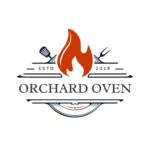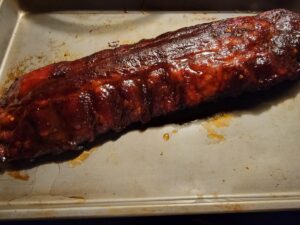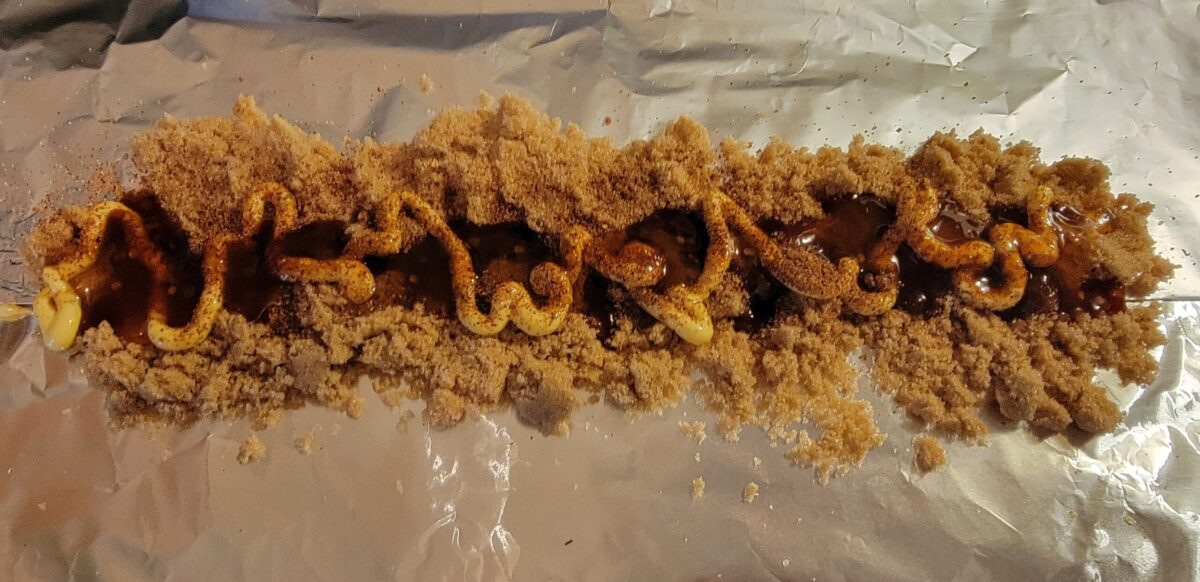I’ve always been a huge fan of ribs, and this is the best rib recipe. I make this for friends and family alike, and this is always a hit. Tender, slow smoked ribs served with a sweet and tangy home made barbeque sauce. This recipe is meant to serve two, but can easily be expanded to make as many ribs as you want. The rub used to season the ribs is also home made. I typically make it in bulk, and save for any number of future pork roast, chicken and rib recipes.
What is the best cooking method for ribs?
My preferred way is to cook low and slow over indirect heat. The flavors truly develop using this method, and it is easier to control than cooking it high and fast. I recommend using a smoker if you have one, but a charcoal or gas grill can also work. At the end of this article I’ve included a link to another article dedicated to different rib cooking methods.
What is the 3-2-1 rule for a rib recipe?
This is the secret way that most professional smokers teach their students how to cook ribs. The 3-2-1 cooking method is quite simple breaks down as follows: meat is smoked for 3 hours, wrapped in foil and cooked for 2 hours, then finally unwrapped and smoked for an additional 1 hour.
Is it better to boil ribs before cooking?
In my STRONG opinion the answer is a no for me. Some cooks and chefs alike will use a technique called “par-boiling”, which is basically boiling an ingredient until it is partially cooked. The justification for this step does make some logical sense. By boiling meat it will help render out some of the fat, and shorten the amount of time that you need to bake, grill or smoke it. Some people also swear that it is how to cook ribs that are more tender.
I cannot agree less. Because we are smoking these ribs over 6-7 hours, the most of the fat will render naturally. Fat (in moderation) equals flavor! As it melts away will also help to keep the ribs moist. By boiling ribs in advance, your are robbing yourself of these benefits.
How to cook ribs that don’t dry out?
The key to keep any protein from drying out is adding moisture to, or capturing moisture from the meat being cooked. As we’ve already mentioned above, by letting the fat melt slowly it will kind of “self-baste” our rib recipe. But this is not enough to prevent our ribs from drying out. Our rib recipe is made by spritzing a liquid onto the ribs while they cook. While you could just use water, I do not recommend it. Everything you put on your ribs will add to the flavor, including your spritzing liquid. You can anything from fruit juices, cola, Dr Pepper, or anything else will compliment the flavors you’ve already added.
Other popular ways to keep ribs from drying out included basting (or mopping) and adding a pan of water in your smoker or grill. The second option will help to keep them moist, but will not add anything to the rib’s flavor. Basting the ribs is a better option as it adds more layers of flavor. It is common in regional rib recipes such as St Louis or Memphis or style ribs.
Best rib rub and sauce
I have included a link to my absolute go-to rib rub. I usually make it in bulk and use it for other recipes including pork roasts, chicken, turkey and ribs. This recipe includes it’s own scratch made barbeque sauce that perfectly balances the sweet and spicy rib rub.
A note about tenderness
The methods I provide in this recipe yield a rib tenderness that is close to most competitive barbeque entries. Contestants are judge based on biting into the rib and leaving a perfect “half moon” bite into the surrounding meat. For a “fall off the bone” rib, you may want to add more cooking time. To achieve a more tender rib, add 30 more minutes to the cook time when they are wrapped.




